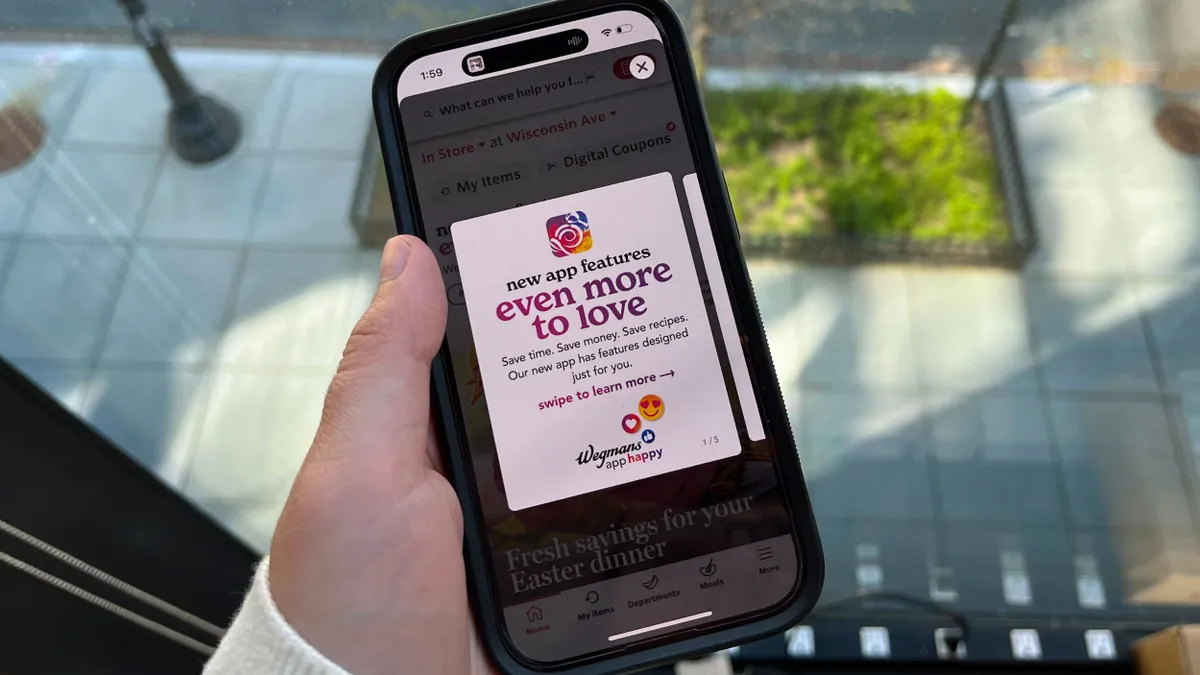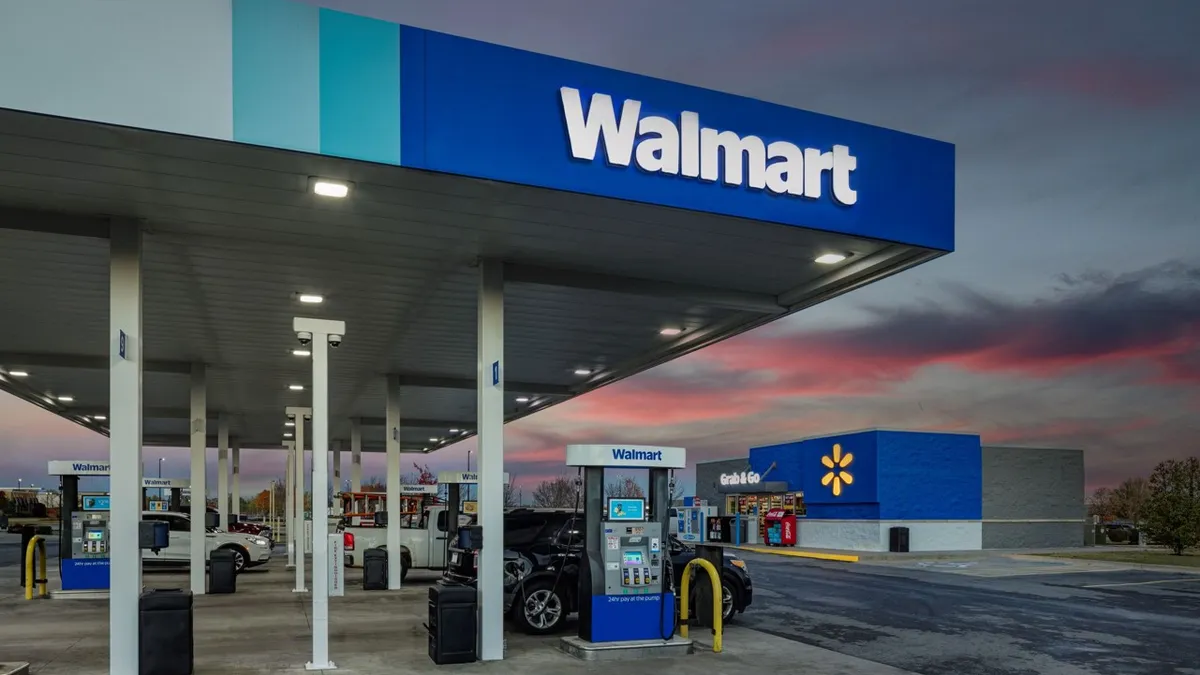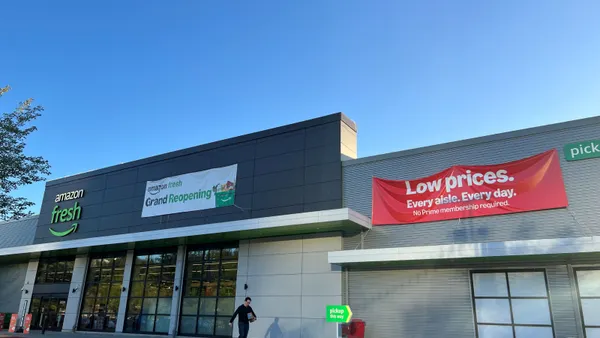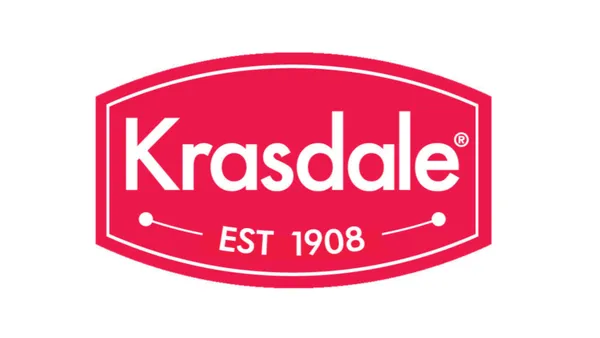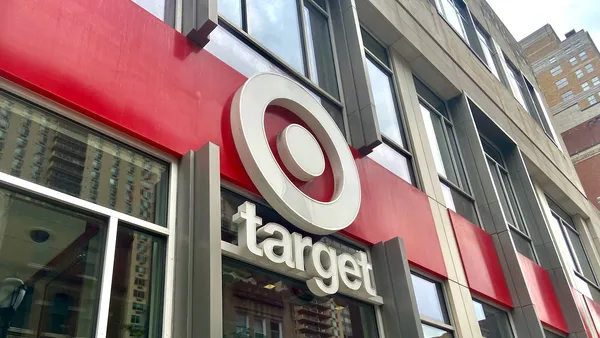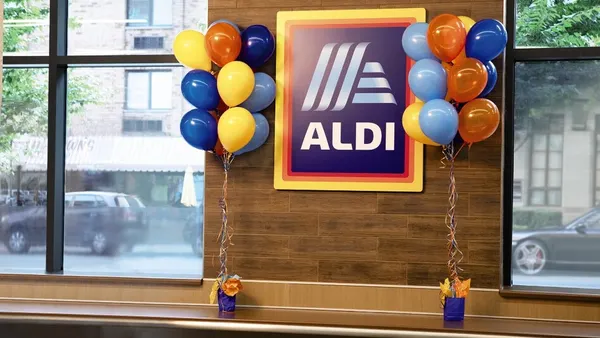Dive Brief:
- British company Frugalpac’s paper wine bottles are now on shelves in approximately 1,200 Target stores across the United States. Collective Good wines are packaged in the fiber-based bottles via a collaboration between Latitude Wines and contract packager Monterey Wine Co., both based in California.
- This is the first full-scale nationwide rollout of the Frugal Bottle at a major U.S. retailer, according to Frugalpac CEO Malcolm Waugh. Last year, Bonny Doon Vineyards debuted the fiber bottles at U.S. Whole Foods stores, but that was only in a limited number of locations, he said.
- Frugalpac says the volume of paper wine bottles in the Target launch will offset 100 tons of carbon dioxide emissions versus if they had produced glass wine bottles. The Frugal Bottle is made from 94% recycled paper and can be recycled curbside in most parts of the U.S. after consumers separate it from an internal food-grade polyethylene pouch.
Dive Insight:
Gaining traction with a new product launch often is a large obstacle for manufacturers to overcome — if they reach scale at all. That’s a key reason why Frugalpac’s product placement at Target is notable. “This is significant because of the size of Target,” Waugh said.
About 90% of Frugalpac’s business is through exports, and “the U.S is where we’re getting the most traction,” Waugh said. The company and its partners plan to continue their push to get the fiber wine bottles into more stateside retail locations. Soon, it will hit shelves in more than 500 7-Eleven stores, mainly on the West Coast, Waugh said.
Various alcoholic beverage companies have trialed fiber-based bottles, including for Carlsberg beer, Absolut vodka and Johnnie Walker scotch whisky. But these solutions typically are pilot projects that have yet to reach mainstream status, and they’re for beverages other than wine. In the non-alcoholic beverage space, PepsiCo is among the CPGs working on paper bottles, via a partnership with Pulpex.
The Frugal Bottle is less carbon and energy intensive during manufacturing and disposal, resulting in an 84% lower carbon footprint than an average glass bottle, Waugh said.
Packaging weight reduction is major benefit of using fiber instead of glass for wine and spirits bottles, he said. The Frugal Bottle weighs 83 grams, which he said is roughly five times lighter than the average glass options. Plastic wine bottles also are emerging as a glass alternative, such as Amcor’s 100% recycled PET bottle, which weighs 52 grams.
Frugalpac makes its own paperboard bottles in England, and it also licenses its technology. That’s how the partnership with California’s Monterey Wine occurred. Installing equipment locally not only cuts the packaging’s carbon footprint compared with shipping it overseas, it also could be financially beneficial given the current trade issues, Waugh said, referencing the Trump administration’s tariffs. “Target has really picked up the opportunity of taking a locally, American-made bottle into their retail stores.”
The design is similar to a traditional bag-in-box format, except the recycled paperboard is formed into a bottle shape. While the average consumer wouldn’t necessarily put a box of wine on their dinner table like they would a bottle, with the Frugal Bottle “the consumer really doesn't have to change habits,” Waugh said.
The monomaterial PE pouch is not affixed to the bottle’s interior, but rather it hangs loose like a typical bag-in-box. Consumers can press a tab on the side of the fiber bottle to tear the it open and separate the bag so the fiber portion can be recycled curbside, Waugh explained. The pouch is food-grade PE because “it's one of the most recycled flexible plastics there are,” he said, noting that the bag could be recycled where such infrastructure is available.
“We just recently moved from a metalized PET to a monomaterial,” Waugh said. “Because it’s not a laminate of different [material] types, and there’s no metalization in it, then it becomes far easier to recycle.”
The PE resin also protects the wine well so it can remain fresh for at least a year, he explained.
Frugalpac is investigating barrier technologies that allow for further plastic reduction, but for now the bag is a necessary feature. One factor is that the U.S. Food and Drug Administration allows reclaimed fiber — such as the Frugal Bottle’s recycled fiber — to be used in food-contact paper packaging, but only in certain conditions. Guidance for food-grade plastics with recycled content currently is less limiting.
In addition, most beverage containers that claim to be fully fiber actually have a thin plastic coating, Waugh said, which complicates recycling. With Frugalpac’s option, the fiber and plastic can be easily separated, he said.
Frugalpac also is working on a fiber cup made from 96% recycled paper that has a removable PE liner to aid recycling.






